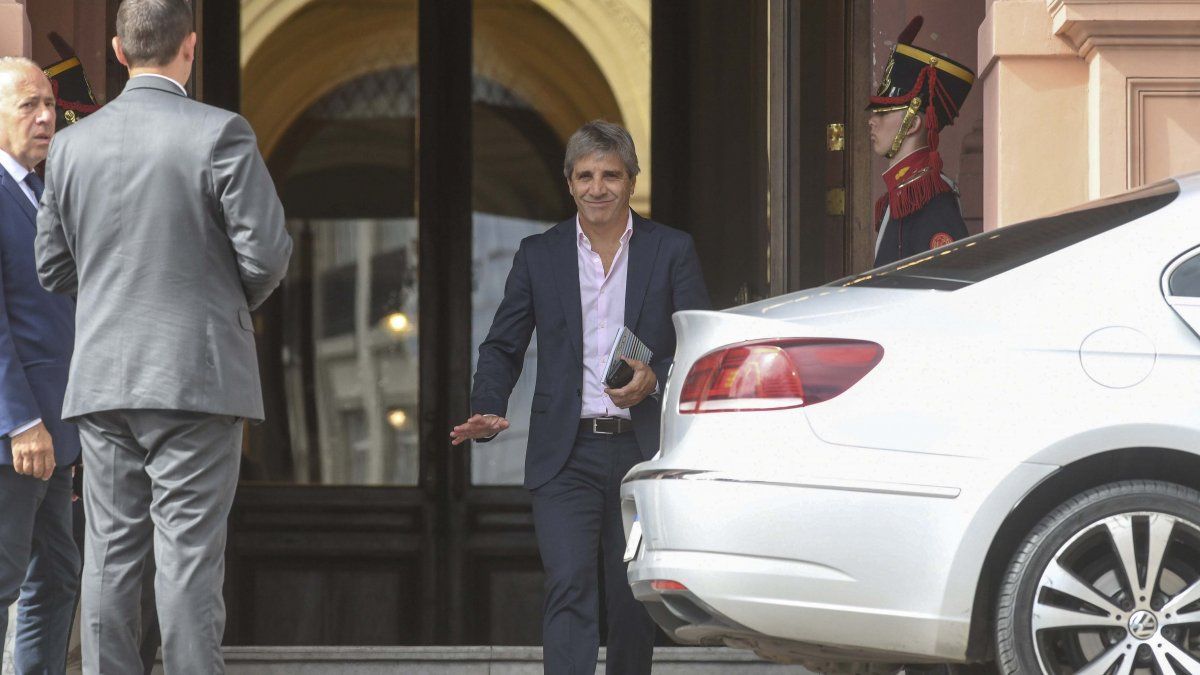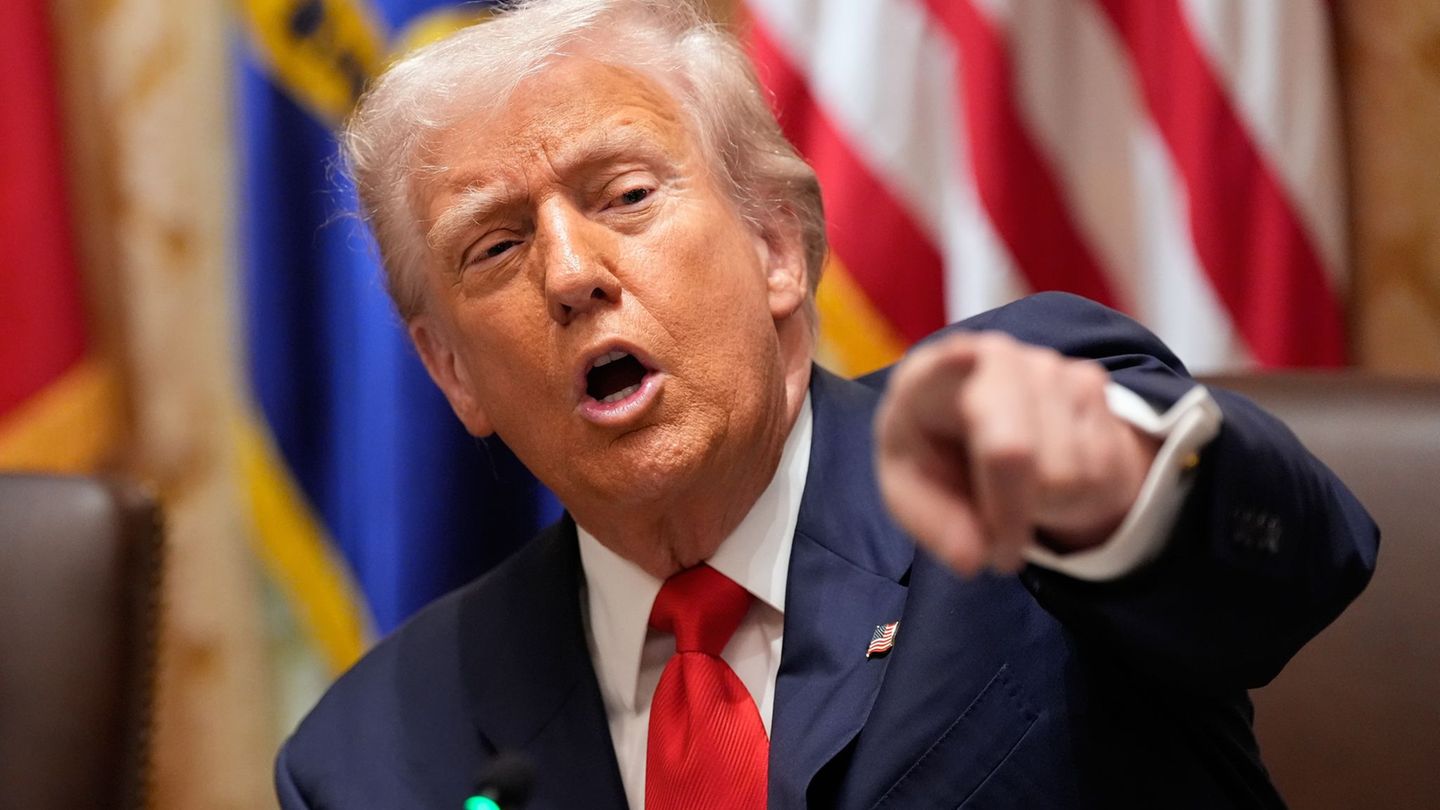The concern that dominates the market These days it’s knowing when and how to get out of recession. Most economists believes there may be a quick exit in the shape of a “V”but dissonant voices already appear on stage that “don’t see it” so clearly.
The doubts were raised by an investor from abroad at a meeting held by an important alyc in the market. “We don’t see a V-shaped exit at all,” warned, to the surprise of most, said the broker specializing in emerging markets. While everyone was already talking about the scenario of vigorous recovery from the recession, from the outside they see something else.
“If there is no investment shock or consumption shock, even if inflation falls, there are no reasons for a quick exit”explained the investor who left the idea that what may happen in that case is that the exit is slow.
Embed
Almost like a wink of fate and a beautiful paradox, Argentina’s recovery will be in ✌️
— Diana Mondino (@DianaMondino) March 21, 2024
In other words, it may be that At the end of this crisis, people and companies have already run out of savings to spend, which serve to boost a demand or investment boom. If there is no strong recovery in income, it is difficult for there to be an explosion in consumption. “And even though there is lower inflation, if before it wasn’t enough for a person to make ends meet, now it won’t be enough either,” reflected a broker.
One of the most activitiess reactivators of the economy, construction is slowing down. In that conversation it was pointed out that if 6 months ago the square meter was at US$700 and now at US$1050, with the risk of going to US$1,500, the company is not starting. Looked at that way, There are already several economists who warn that the famous V that the president speaks of may have its right leg slightly more inclined downwards.
A V with a slanted leg
Esteban Domecqdirector of Invecq, told Ambito that “In an optimistic scenario, a 45% rotated V could occur, due to entry into the vertical recession and exit at 45%, with a turning point in the second quarter.”
“If stabilization fails, it will be more ‘open’ U-shapedand the turning point will be more for the third quarter perhaps,” Domecq indicated.
Ezequiel Zambaglione, Balanz economist I consider that “It’s too early to know.” if the start is going to be in V. “Today the situation would suggest a relatively high recovery because salaries are very low and that can boost investment,” he explained. But he clarified that “There are doubts about the effect of the liquefaction of stocks caused by negative interest rates, which may have the effect of postponing the recovery.”.
“Many companies and individuals are left with less savings now. There would be no stock to boot for investment. The question is whether there is stock in dollars from residents or investments from abroad that fulfill that function,” she explained.
Zambaglione considered that the more or less vigorous recovery “will depend on how good expectations the government program generates.”. “Permanent recovery will return when there is certainty that stability has been achieved,” said the Balanz analyst.
Doubts about the recovery of pensions
Alejandro Pegoraro, from Politikon Chaco, is among those who foresee a rapid recovery of the economy. He said that “the postponement of rates to lower inflation can serve to improve consumption, also if there is a recomposition of salaries.”
The economists agree that an economy like Argentina can be put back into activity with little, because on the one hand it has a very high idle capacity of companies and at the same time salaries were very depressed. YesAccording to INDEC data from February, 46% of the industry is slowed down. On the other hand, the salary cost remained very low, which could encourage companies in the construction sector to hire and start a new investment cycle.
Nadin Argañaraz, from the Argentine Institute of Fiscal Analysis (IARAF), does not take a quick exit for granted either. Consider that it depends on several factors of the government’s adjustment policy. “If the government continues with this dynamic of adjustment there will be one scenario and if it does not continue there will be another,” he indicated.
“If this continues like this we should have a rebound in some activities in the second semester,” said Argañaraz, who raised doubts about the future of retirements, whether they will have a bonus increase now or later and how much. These types of “income policies”, as they are called, are part of the conditions to explain the recovery of activity.
By case, Daniel Artana, economist at FIELin a recent talk to investors, he said that he does not see the current government’s motivation to implement a stabilization plan with an unorthodox leg, although he does believe that there will be a V-shaped exit.
Source: Ambito




